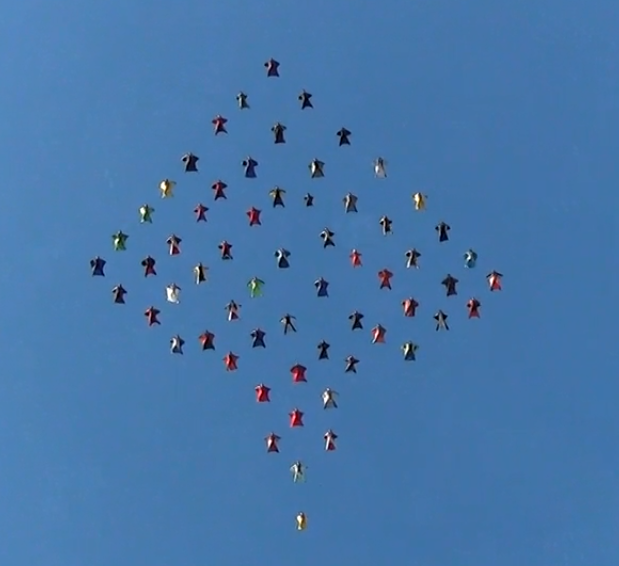Recommended Posts
kallend 2,105
What HIPER says is:
---------------------------------
Winglets The Winglets, which are attached to the upper surface of the canopy, add stability in several
ways. Inspired by airplanes and paragliders, we transferred this technology to our canopies. Due to
improved airflow, the touchdown (or stall) speed of the canopy is slowed considerably. Winglets provide for
better recovery from steep carving turns, and improve directional control during cross-wind landings. They
also help to prevent the diving effect of line twists that is often associated with eliptical canopies.
-----------------------------------
Now, IMO, they are wing fences, not winglets in the conventional sense as defined by aero engineers. They may provide some control of undesirable spanwise flow at high AOA.
---------------------------------
Winglets The Winglets, which are attached to the upper surface of the canopy, add stability in several
ways. Inspired by airplanes and paragliders, we transferred this technology to our canopies. Due to
improved airflow, the touchdown (or stall) speed of the canopy is slowed considerably. Winglets provide for
better recovery from steep carving turns, and improve directional control during cross-wind landings. They
also help to prevent the diving effect of line twists that is often associated with eliptical canopies.
-----------------------------------
Now, IMO, they are wing fences, not winglets in the conventional sense as defined by aero engineers. They may provide some control of undesirable spanwise flow at high AOA.
...
The only sure way to survive a canopy collision is not to have one.
The only sure way to survive a canopy collision is not to have one.
riggerrob 643
Sounds to me like HiPer's "winglets" are designed to cut spanwise flow of turbulent air at low airspeeds, similar to fences on Robertson STOL kits installed on some Cessnas.




Just adding a hookknife to these items will solve your line-over automativ
++++++++++++++++++++++++++++++++++++++++++++
Using your droque to gain stability is a bad habit,
Especially when you are jumping a sport rig
Share this post
Link to post
Share on other sites